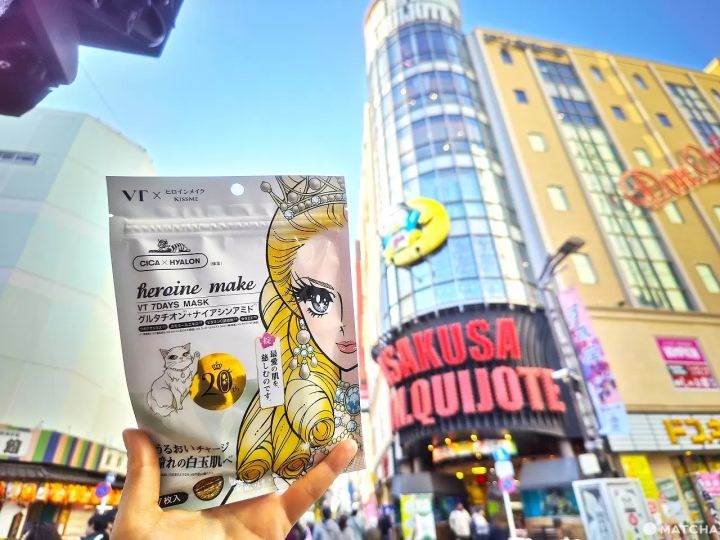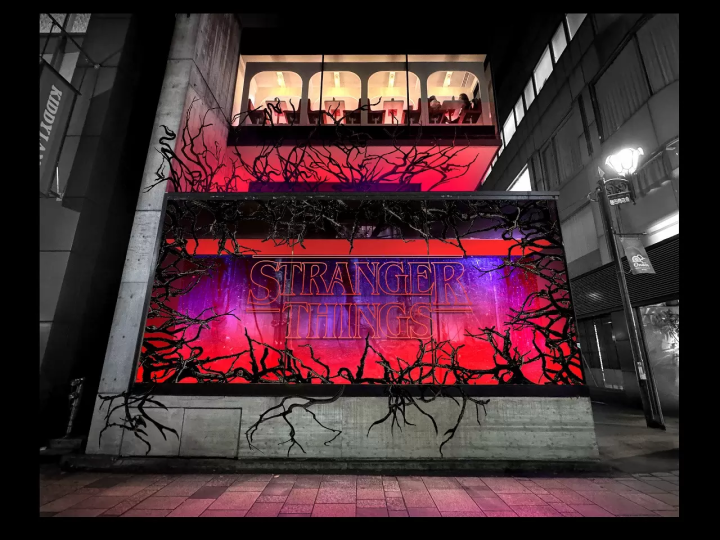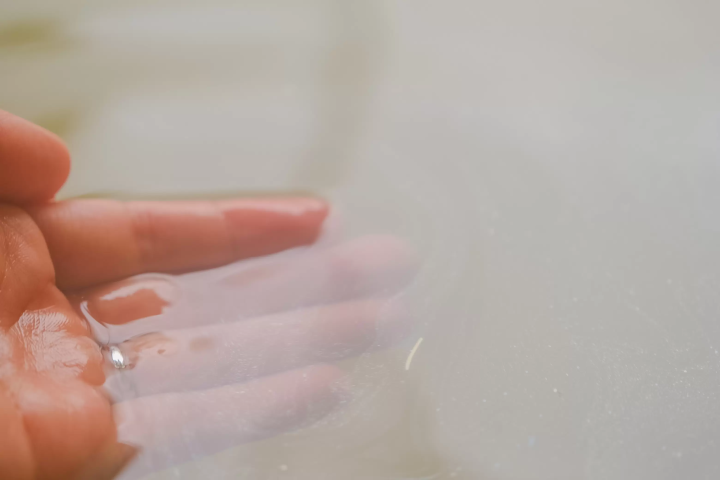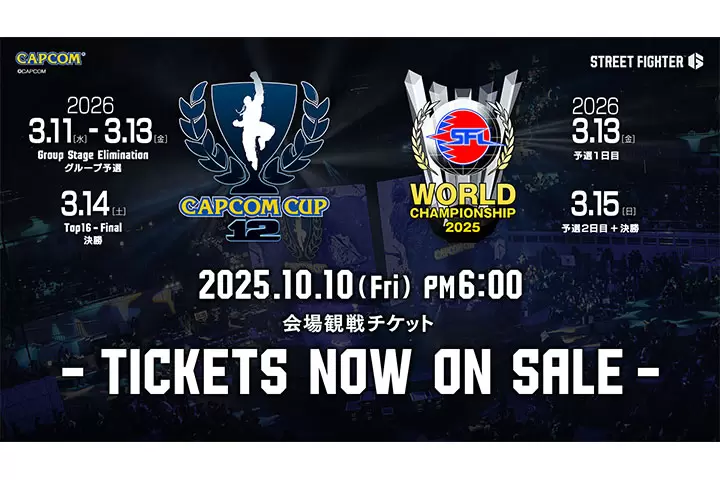Bring Noh closer to you! Talk show with Noh performer and viewing of a citizen's Kyogen performance

There are probably many people who think that Noh and Kyogen are "high-brow and difficult to understand." This time, I participated in an event that was held with the aim of making Noh more accessible to people through a talk show with a Noh performer. I would like to share with you the details of that event.
Two Noh actors appeared on stage that day: Shigeyama Sengoro 14th of the Okura school of Noh kyogen, and Arimatsu Ryoichi of the Takayasu school of Noh kyogen. The talk show took place while enjoying tofu dishes from Nanzenji Junsei, a restaurant famous for its yudofu, and then they went to see Shigeyama perform in a "Citizens' Kyogen Performance" at the Kyoto Kanze Kaikan.
Aiming to create Kyogen that can be enjoyed in everyday life, like tofu

The first person to take the stage was Shigeyama Sengoro XIV. The emcee for the day was Julia Yamane (pictured right), an American born and representative director of the general incorporated association Discover Nohin Kyoto. She is such a big fan of Noh that she has studied under a Noh master herself. She is currently working to promote Noh overseas.
At the beginning, Shigeyama explained, "To put it simply, Noh and Kyogen are a set. Noh is a serious musical drama. Kyogen is a comical dialogue drama, so you can enjoy the complete opposite of theatrical performance." Shigeyama was born into a family of Noh actors that has been around since the early Edo period, and made his debut on stage at the age of three. In response to a question from host Julia, "Did you feel that you were from a special family from an early age?", Shigeyama answered, "I was practicing and performing on stage even before I was old enough to understand, so it was natural for me." In addition, his great-grandfather, grandfather, and father were all Kyogen actors, and at home, the main topic was the stage. Therefore, if you can't keep up, you may feel like you have no place. He said that he grew up in such an environment, where he was told, "You will take over," and he never wanted to quit.

(Photo: Food served on this day)
Beginners should first enjoy the atmosphere of the stage.
Nohgaku has around 200 pieces, many of which are related to Kyoto, such as the Gion Festival, Kiyomizu-dera Temple, and Zen. For this reason, the content of the plays feels even more familiar to those living in Kyoto.
Nohgaku is often thought of as being "high-brow," but Shigeyama advised, "Actually, we don't understand all the lines either (laughs). First, enjoy the atmosphere." Rather than trying to understand the content, it's important to feel what you're feeling, such as the sound of the music and the beauty of the costumes. This is similar to how Japanese people can go to an overseas opera and be moved by the music, costumes, and direction even if they don't understand the lines.
"Tofu Kyogen" turns badmouthing into an advantage
The family motto of the Shigeyama family is "Tofu Kyogen." It comes from a story of the 10th Shigeyama Masashige (the 2nd Sensaku), who lived four generations ago. During the Edo period, Nohgaku was supported by the samurai society, but with the Restoration of Imperial Rule, this support disappeared, and Noh actors found it difficult to make a living. Even so, Nohgaku, which was only for the special classes such as samurai and nobles, had a strict custom that it could not be performed anywhere other than the Noh stage. However, Masashige did not care about this and performed Kyogen in various places, and people around him who saw him performed criticized him, saying, "The Shigeyama family is just like rotten toy." In Kyoto, tofu is a common food ingredient. The Shigeyama family's kyogen was based on the idea that "if we just buy tofu, we'll be able to get a side dish for the day," but Masashige took advantage of this and said, "It's fine to use tofu. Let's aim to create a kyogen that is loved by the people of Kyoto." This became the family motto that continues to this day.
In response to this story, Julia concluded by saying, "Currently, there are about 15 or 16 Kyogen performers in Kyoto, and if you include those who perform Noh and play instruments, there are about 100 teachers. However, it is still considered to be a high barrier to entry. Please enjoy it with the same ease as if it were rotten soybeans." Afterwards, a question was asked by an attendee about what gets people from overseas excited about performances. According to Shigeyama, songs with lots of gestures and stories about mistakes with alcohol are universally popular.

(Photo: Yudofu, a Junsei specialty. Masashige said, "Yudofu is a common ingredient, but depending on how you season it, it can have a high-class taste or a commoner's taste.")
Noh is filled with the essence of Japanese culture
Next up on the stage was Ryoichi Arimatsu, a supporting actor. Noh actors are divided into four sections, like company departments: "Shite", "Waki", "Hayashi" and "Kyogen". Arimatsu belongs to the "Waki" category. The Waki are the first to appear on stage, setting the stage with the era, season and what will happen next, and leading the audience into the world of the story. After that, the main Shite performs in the center of the stage, while the Waki sits at the front right of the stage, closer to the audience. He explained that this is a strange role, as the Waki, who sets the story, is in a position like a representative of the audience, watching over the Shite.

Unlike Shigeyama, who was born and raised in a family of kyogen performers, Arimatsu comes from a family of office workers in Tokyo. He encountered Noh when he entered a university in Kyoto, and when he became a graduate student, he began studying under a master. Arimatsu says that he had never seen Noh until he was 20 years old, and that the reason he was attracted to Noh was because of its "unique incomprehensibility," and he wanted to learn more about it.
Julia also commented, "Even though I've been training in Noh for over 25 years, there's still so much I don't understand and there's so much I want to know, so that makes me want to keep going."
Immerse yourself in the essence of Japanese culture that has continued since the Heian period
Nohgaku reached its peak 600 to 700 years ago during the Muromachi period. In a capital devastated by wars such as the Onin War and natural disasters, Kannami and Zeami longed for the beautiful imperial culture of the Heian period, centered on waka poetry, and incorporated its essence into Nohgaku. This essence is also connected to what we now call "the ultimate Japanese culture," such as tea ceremony, flower arrangement, calligraphy, and Zen, which were also established during the Muromachi period. In other words, appreciating Nohgaku is like touching the roots of Japanese culture.

Enjoy the richness of one performance per day and the mystery of a performance that is both entertainment and a religious ceremony
"Unlike performances that take place over several days and generate revenue, Nohgaku only has one performance per day. This gives everyone a sense of abundance in doing their best on that one day," said Arimatsu. Julia added, "Nohgaku has its roots in religious ceremonies and prayers, so even though tickets are sold, there's a sense that it's not just performed for the audience." There is also a mirror panel with a pine tree painted on it in the background of the stage, because pine trees are considered to be the refuge of gods. Even today, at shrines, there are stages where the gods face forward and the audience watches the performers' backs, which is also common in Kabuki and Japanese dance, and shows the roots of Japanese culture. Arimatsu, who is also a writer, says that when he sits in a wakiza as a shite actor, he organizes his mind and the things he wants to write come to him one after another. "Noh is a form of theater, but it also has an aspect of a religious ritual. There is a lot of mystery to it, but if the mystery disappeared it wouldn't be interesting. It's the same feeling as when you visit a shrine or temple and can't explain why your mind feels calm," he said.
The host, Julia, also compared Noh to "the remaining snow of Japanese culture." She concluded by saying that the appeal of Noh is that it is something that remains crystallized, but we cannot understand why it exists.
In today's society, where reasons, efficiency, and numbers are often required for things, it is becoming more and more difficult to "just feel." By watching a Noh performance, which is beautiful and enjoyable even in its incomprehensibility, we can find spiritual richness.
The Civic Kyogen Society also has an app that allows users to enjoy English commentary.

After the talk show, we went to the Noh theater "Kanze Kaikan" to watch the "277th Citizens' Kyogen Club." The Citizens' Kyogen Club has been held since 1957 with the cooperation of the Okura-ryu Shigeyama Sengoro and Chuzaburo families, and is a casual gathering where you can enjoy Kyogen. There is an explanation at the beginning of each performance, which is reassuring for beginners.

The program for this day began with an explanation of the highlights, followed by the kyogen play "Ima Mairi," the kyogen komai dances "Toshikoushi" and "Fuku no Kami," and finally the kyogen play "Kitsunezuka."

In addition, this time I downloaded and tried out the "G Mark App," a multilingual subtitle guide app for theater that was introduced at the end of the talk show at Nanzenji Junsei.

When I tried it out, I was able to see explanations in both Japanese and English that matched the content of the play.
With this app, not only will it lower the barrier to appreciation for Japanese people who are new to Kyogen and for people from overseas who don't understand the language, but it will also make the performance even more enjoyable.
Don't try to understand, just feel
The talk show was very interesting, with two people from different backgrounds: Shigeyama, who was born into a family of kyogen performers, and Arimatsu, who started Noh as an adult. When it comes to appreciating Noh, the two of them shared the idea that "you don't have to try to understand, just feel it." I thought this was great advice for beginners.
First of all, we need to respect that feeling, and if new technology such as subtitle apps are added to the mix as a supporting role, I think more people will think, "Maybe I'll give it a try."
We can also arrange cultural experiences and guided tours upon request. If you are interested, please contact us!
Location information
Nanzenji Junsei
Address: Kyoto City, Kyoto Prefecture, Sakyo Ward, Nanzenji Temple
Kanze Hall
44 Okazaki Enshojicho, Sakyo Ward, Kyoto City
About the Civic Kyogen Society
Multilingual subtitle guide app "G Mark App"
Our "ambassadors" will guide you through Kyoto's cultural tourism in a variety of languages, drawing on their own experiences and knowledge. We can accommodate requests for standard courses or special, bespoke one-day courses, to help you create unforgettable days in Kyoto, providing you with the opportunity to learn about and experience shrines, temples, and gardens, modern architecture, food culture, traditional performing arts, and more, as well as meet the local encounters that will create the best memories. In addition to guided tours, we offer special experiences, from events utilizing unique venues to plans that allow you to fully enjoy Kyoto culture throughout the seasons.
The contents on this page may partially contain automatic translation.


































![[Wakayama Guide] Ume and Umeshu (Plum and Plum Wine)](https://resources.matcha-jp.com/resize/720x2000/2025/12/08-252248.webp)
![[2025 Update] From Kansai Airport to Namba - Recommended for travelers with large luggage! Travel comfortably by bus](https://resources.matcha-jp.com/resize/720x2000/2025/10/25-248088.webp)